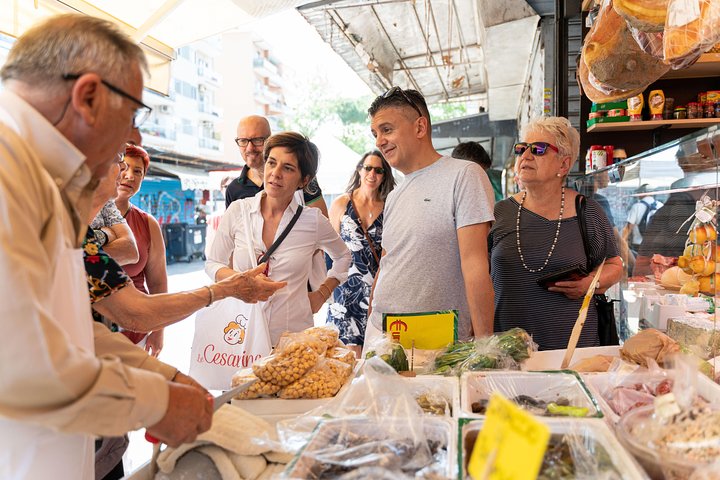Exploring Perugia: A Tapestry of Time and History
Drawn by the allure of Perugia’s medieval charm and Etruscan roots, I embarked on a journey to explore this historic city. Join me as I uncover the layers of history that make Perugia a captivating destination.
A Journey Through Time: The Etruscan Arch
As I embarked on the Perugia Tour, I was immediately drawn to the Etruscan Arch, a monumental gateway that stands as a testament to the city’s ancient origins. The arch, with its imposing structure, is a remnant of the Etruscan civilization that once thrived in this region. Walking through it, I felt as though I was stepping back in time, entering a world where the Etruscans laid the foundations of what would become a vibrant medieval city.
Our guide, a local historian with a passion for Perugia’s past, shared fascinating insights into the arch’s construction and its significance. The Etruscans, known for their architectural prowess, designed this gateway to be both functional and symbolic. It served as a protective barrier and a grand entrance, welcoming travelers and traders into the heart of the city. As we continued our journey, the medieval walls that expanded beyond the original Etruscan boundaries came into view, offering a glimpse into the city’s evolution over the centuries.
The view from the acropolis was breathtaking, with the rolling hills of Umbria stretching out as far as the eye could see. It was a reminder of the strategic importance of Perugia’s location, a crossroads of cultures and a hub of commerce throughout history. This first leg of the tour set the stage for a deeper exploration of the city’s rich tapestry of history and culture.
The Heart of Perugia: Piazza IV Novembre
Our next stop was Piazza IV Novembre, a square that epitomizes the medieval charm of Perugia. Dominated by the Fontana Maggiore, this square is a masterpiece of art and engineering from the late thirteenth century. The fountain, with its intricate carvings and flowing water, is a symbol of the city’s prosperity during the medieval period.
Standing in the square, I was surrounded by architectural marvels that spoke of Perugia’s spiritual and temporal power. The Cathedral of San Lorenzo, with its Gothic façade, stood in stark contrast to the Palazzo dei Priori, a symbol of civic authority. Beneath the cathedral lies the archaeological route of Underground Perugia, a hidden world that reveals layers of history beneath the city’s surface.
As we strolled along the main street, our guide pointed out various museums and historical sites that chronicled Perugia’s journey through time. Each building, each stone seemed to whisper stories of the past, inviting us to delve deeper into the city’s cultural richness. This part of the tour was a vivid reminder of why I fell in love with European history and architecture, and why I continue to explore these hidden corners of the continent.
The Power and Beauty of Rocca Paolina
The final leg of our tour took us to Rocca Paolina, a fortress that stands as a symbol of papal power in Perugia. Built in the 16th century, this imposing structure was a reminder of the city’s turbulent history and its strategic importance in the papal states. Walking through its corridors, I could almost hear the echoes of the past, the whispers of those who once walked these halls.
Emerging from the fortress, we were greeted by a stunning panorama that stretched across the Umbrian landscape. The view, framed by the Basilica of San Domenico, was a fitting conclusion to our journey through Perugia. It was a moment of reflection, a chance to appreciate the beauty and complexity of a city that has been shaped by centuries of history.
As I stood there, taking in the view, I felt a deep sense of connection to the past. Perugia, with its medieval charm and Etruscan heart, had opened its doors to me, revealing its secrets and stories. This tour was not just a journey through a city; it was a journey through time, a chance to walk in the footsteps of those who came before us and to see the world through their eyes.










































